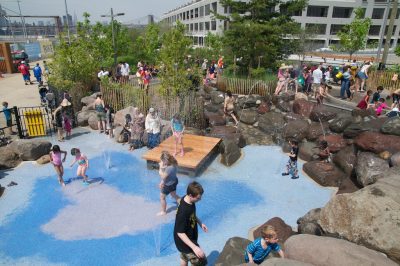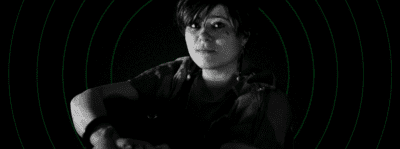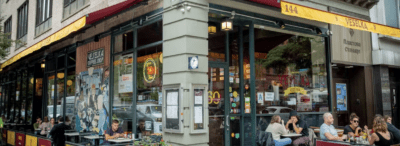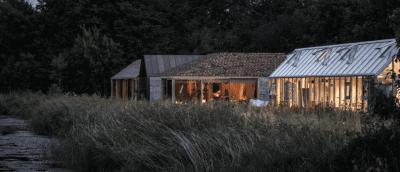Courtesy Adrián Román
A Brooklyn artist’s exhibit highlights the hurricane hardships of Puerto Rico
Initially meant to commemorate the anniversary of Hurricane Maria, ‘Picking Up the Pieces’ has become a fundraiser for Fiona, too
To honor the five-year anniversary of Hurricane Maria — and in swift response to the new devastation brought by Hurricane Fiona to the Caribbean this week — Boricua multidisciplinary artist Adrián Román is “Picking Up the Pieces,” literally, through September 25 to bring awareness and raise funds.
The exhibit, currently on view at Manhattan’s CLLCTV Gallery, offers a heartbreaking and intimate view of Hurricane Maria’s aftermath through found objects, detritus and things left behind.
“Seeing [these objects] in the trash hurt my heart and made me angry at the same time,” says Román, who is from Sunset Park and works out of Gowanus. “I can see my family doing the same thing; throwing out these very personal items. It made me angry because it reminded me of colonial status.”
“Picking Up the Pieces” unpacks the trauma and damage wrought by Hurricane Maria, while examining Puerto Rico’s resilience in the face of forced migration and other socio-political issues. Though the exhibit was initially intended to simply mark the five-year anniversary of Maria, but Hurricane Fiona’s arrival made the work all too urgently relevant.
As such, Román is also using the platform to launch a fundraiser for Hurricane Fiona — which tore through Puerto Rico, the Dominican Republic, and is making its way to the Bermuda Triangle as of this writing. On opening night Tuesday, over $5,000 was raised to help aid the island in cooperation with grassroots organizations such as Mi Patria.
“The installation objects are artifacts that I’ve found while making trips back and forth to Puerto Rico doing relief work,” Román says. “There’s big piles of trash and personal treasures that people were throwing away from their damaged homes. Our people are very sentimental. We see value in the smallest things because they make us happy or they remind us of something or someone we love.”

Courtesy Adrián Román
Children’s toys, medicine bottles, large window frames, washed-out photos, bibles and other belongings are on display throughout the gallery. Many of the items were found, while others were given to Román as gifts, along with their stories.
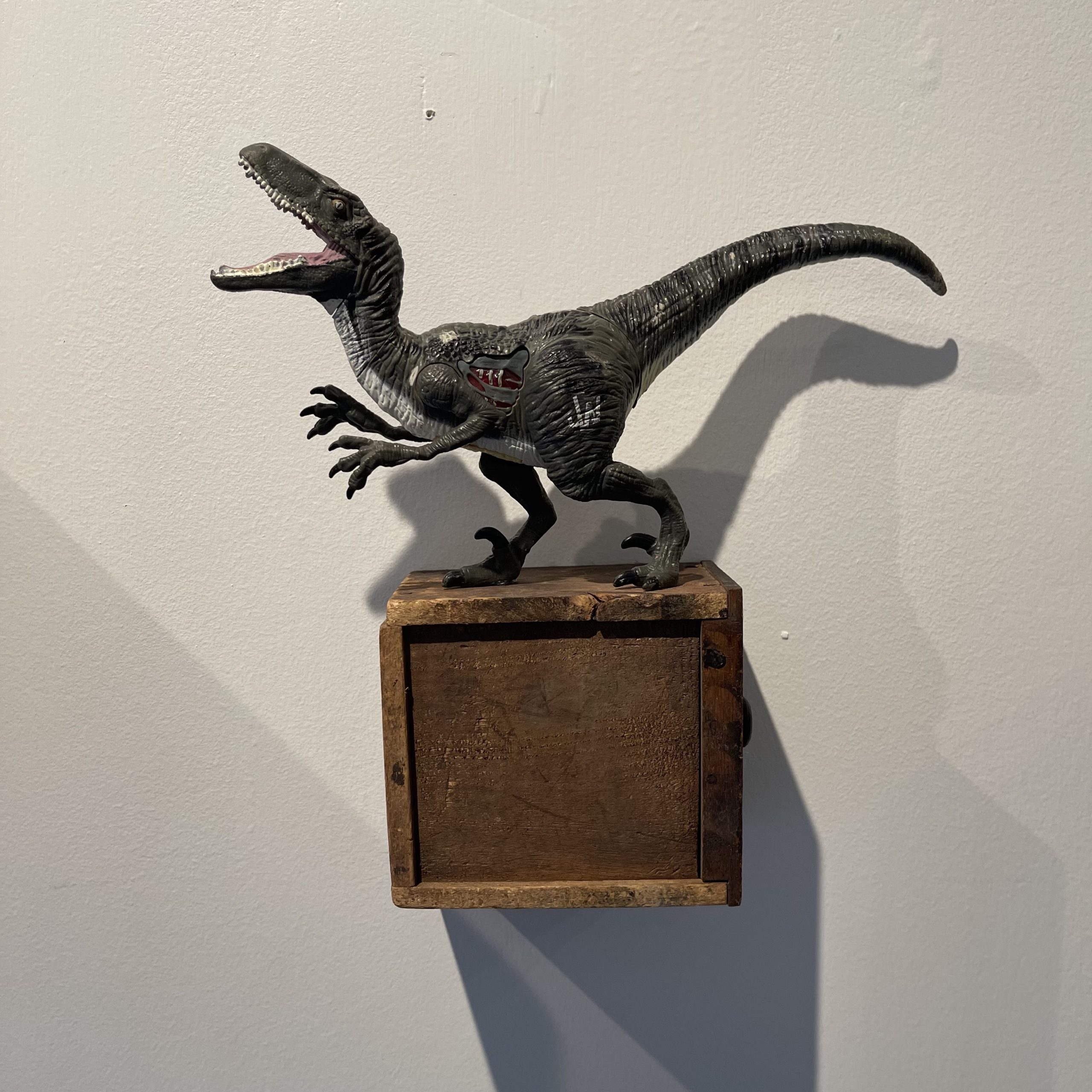

Courtesy Adrián Román
Román says the medicine bottles resonate especially because they hint at larger health issues on the island. The lack of clean water, fresh food, and electricity means not being able to take certain medications or refrigerating insulin, for example, all of which can lead to unreported deaths associated with natural disasters like Fiona.
“Heart disease, diabetes, high blood pressure; these are things that a lot of people in Puerto Rico are dealing with and a lot of people are dependent on these medications,” Román says. “When you have no clean water to drink, you cannot take your medicine.”
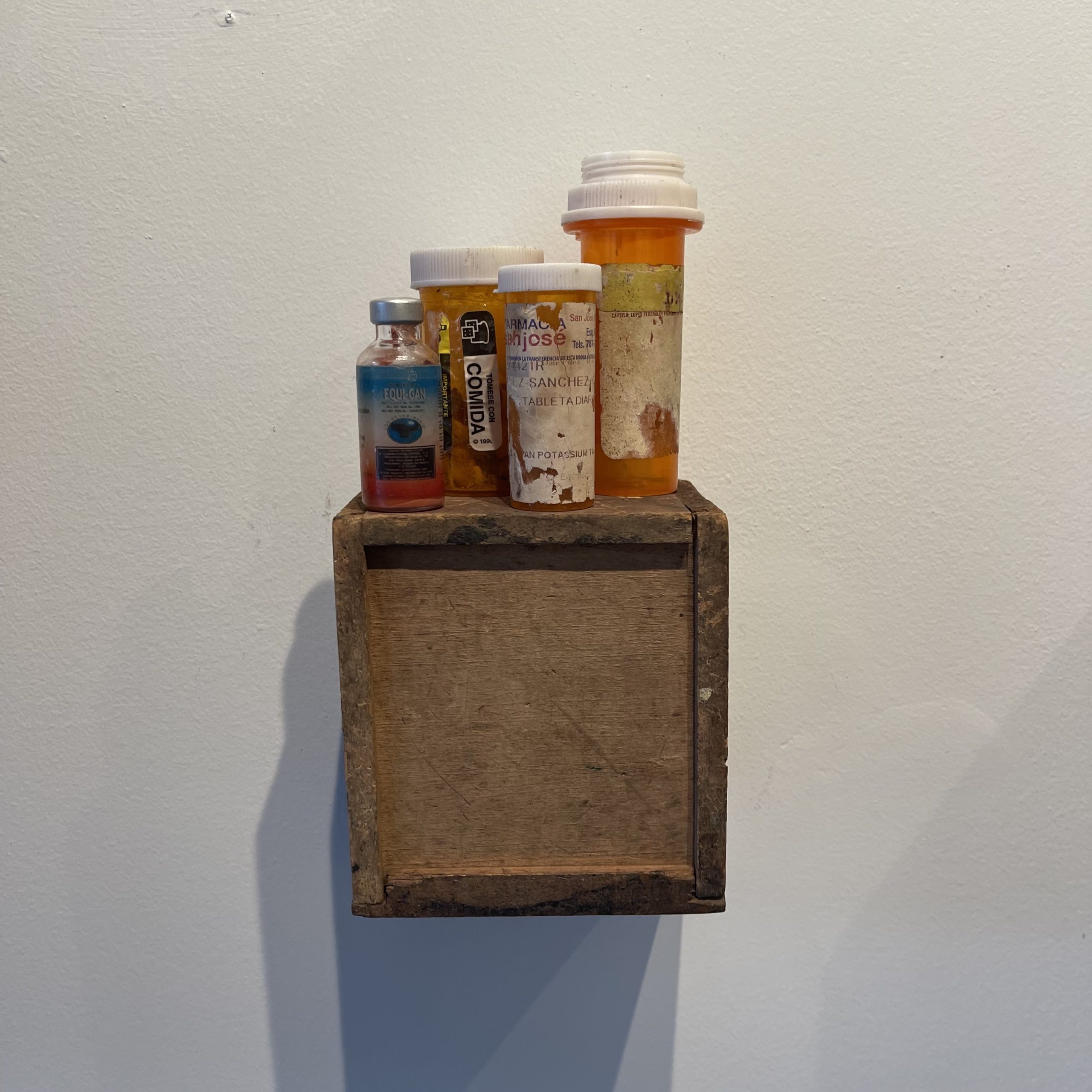

Courtesy Adrián Román
Tuesday’s opening reception kicked off with a ceremonial prayer led by Higuayagua: Taíno of the Caribbean — a non-profit Indigenous organization focused on education, resources, culture, and linguistics in Caribbean ancestry. Kaila Bulé, an Afro-Latinx activist, sang and played traditional La Bomba music on the drums while attendees danced and sang along. She emphasized how difficult it is for native people on the island to survive there when it comes to taxes, pensions, and lack of funding and resources.
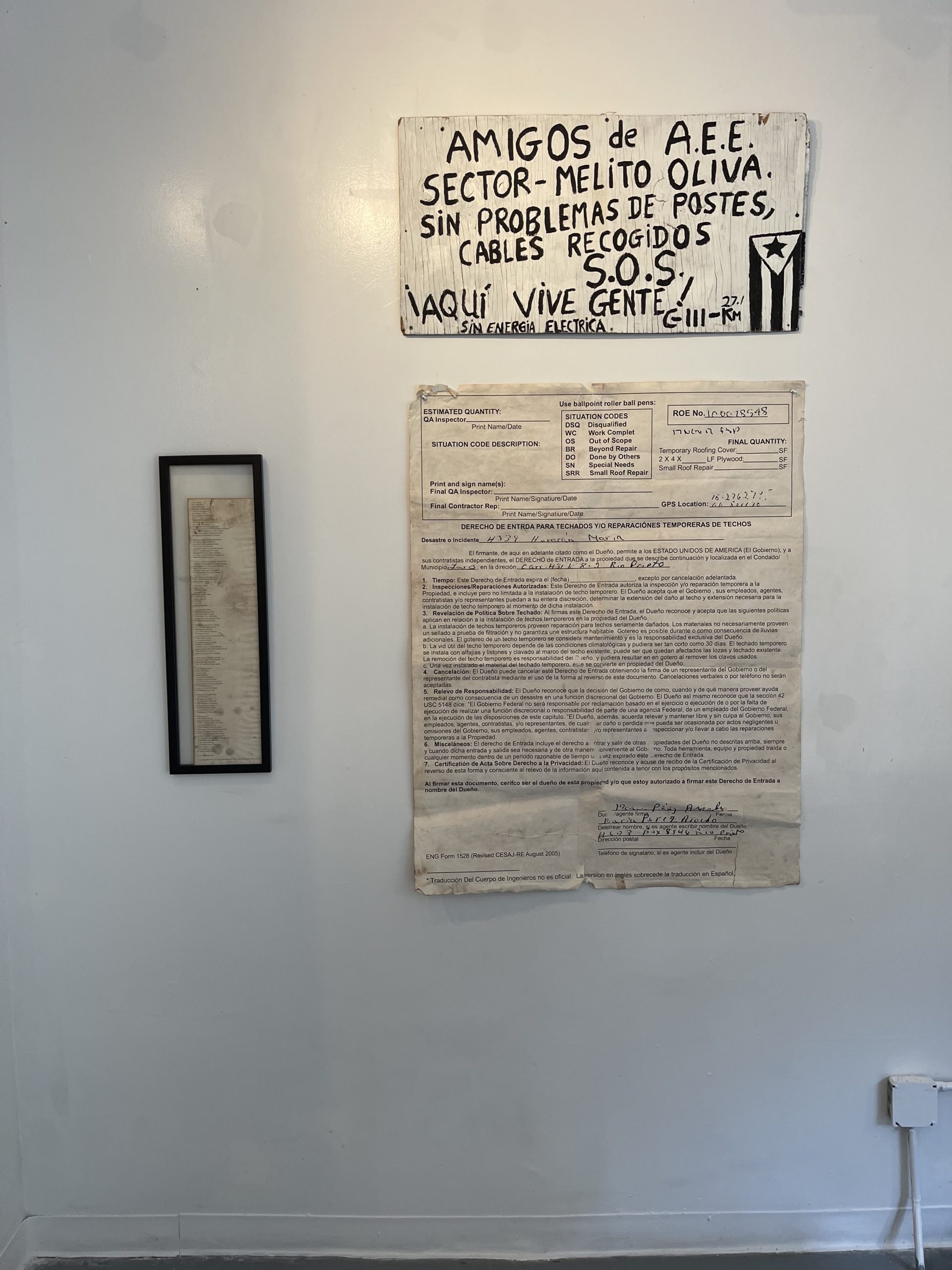

Courtesy Adrián Román
“The United States has Puerto Rico as a colony and does a lot of things to oppress Puerto Rican people,” Bulé says. “The United States basically doesn’t care about funding Puerto Rico — the United States cares about funding wars.”
While “Picking Up the Pieces” will be on display until September 25, Román says he will continue to spread the word on donating funds and resources to the island while honoring the thousands of lives taken by Hurricanes Maria and Fiona.
You might also like 

















